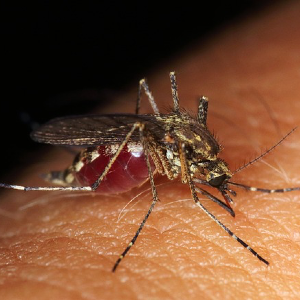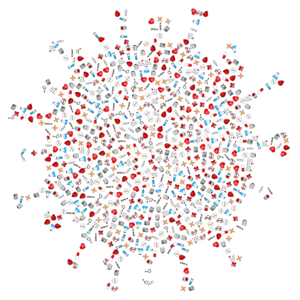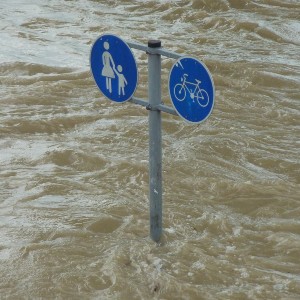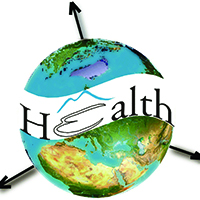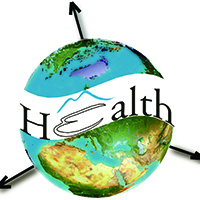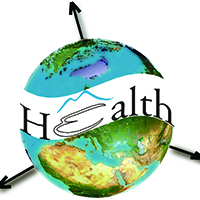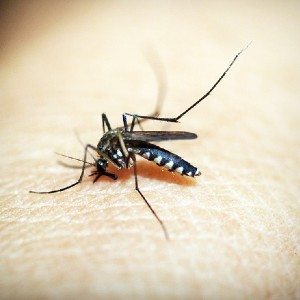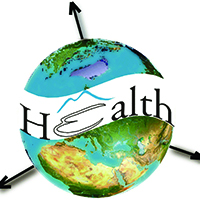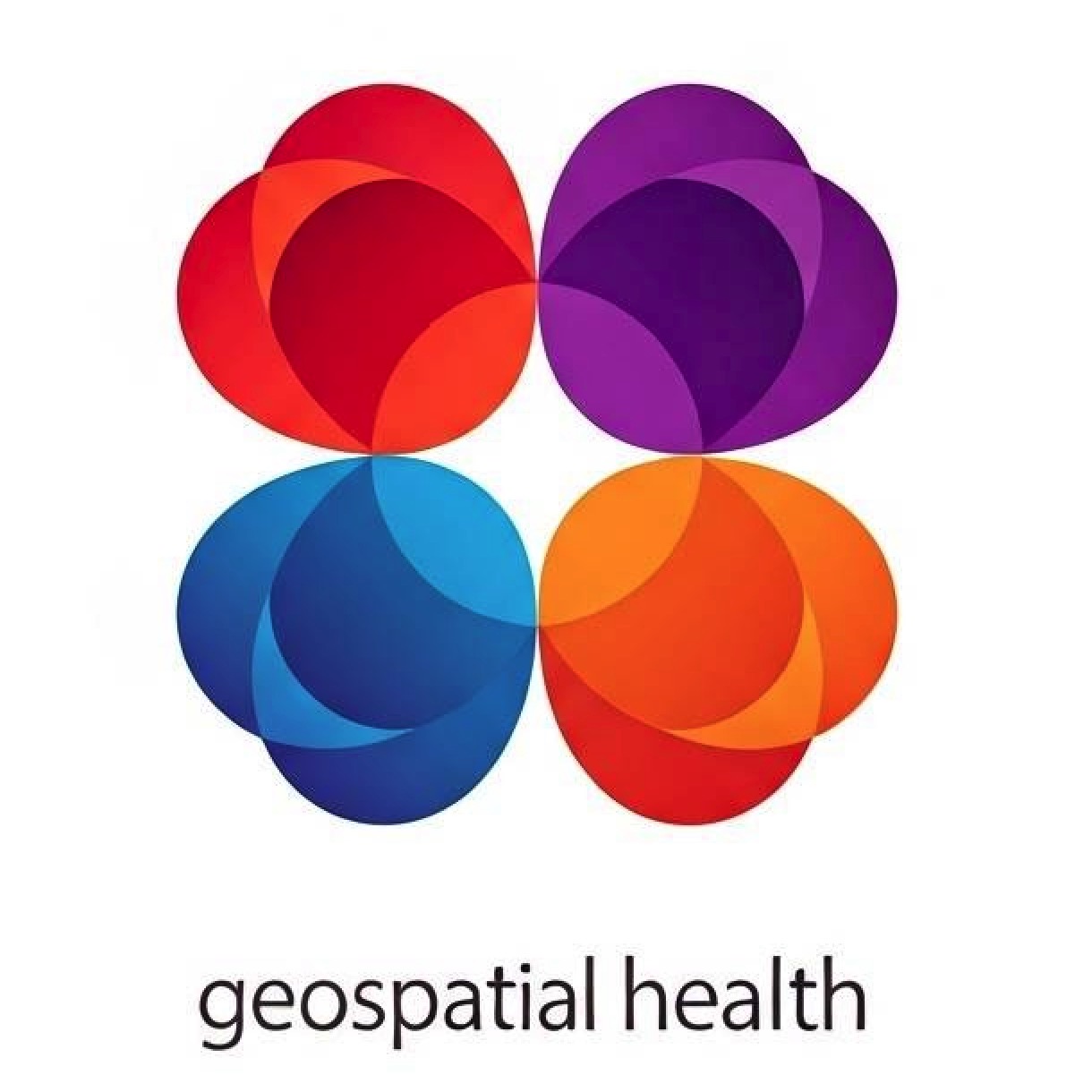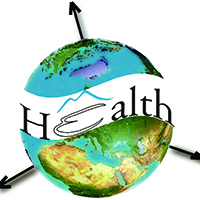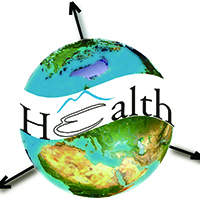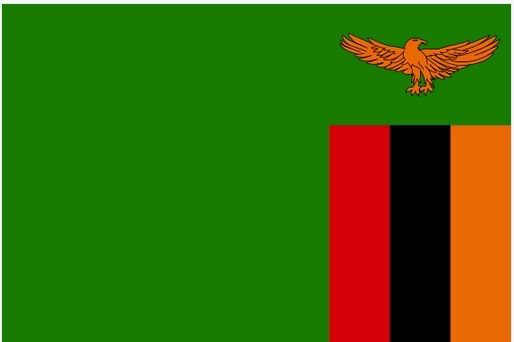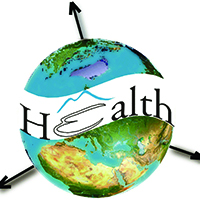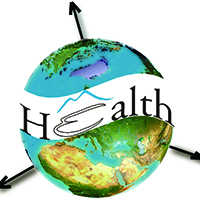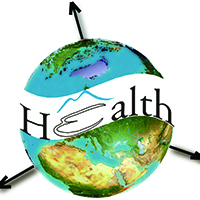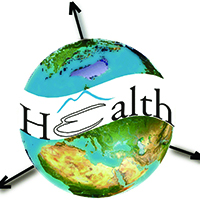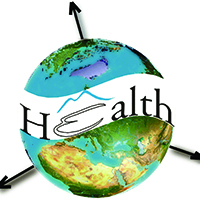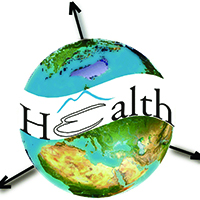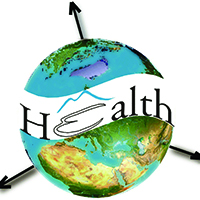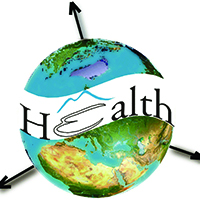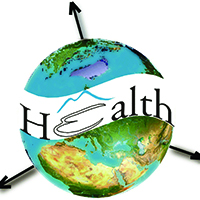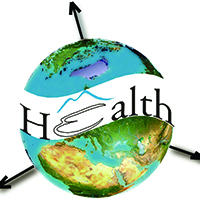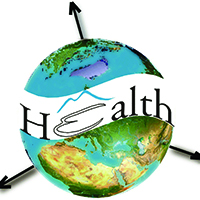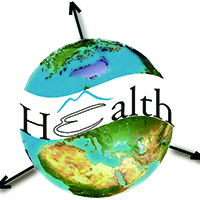FOR AUTHORS
Search
Search Results
##search.searchResults.foundPlural##
-
A dynamic, climate-driven model of Rift Valley fever
4309PDF: 1700Appendix: 509HTML: 1579 -
Assessing the effects of air temperature and rainfall on malaria incidence: an epidemiological study across Rwanda and Uganda
5993PDF: 2152Appendix: 563HTML: 3246Appendix: 214 -
Spatial air pollution modelling for a West-African town
3529PDF: 1498SUPPL. MATERIAL: 411HTML: 1078 -
Integrating agent-based disease, mobility and wastewater models for the study of the spread of communicable diseases
1921PDF: 456Supplementary Materials: 342HTML: 204 -
Preferential sampling in veterinary parasitological surveillance
1982PDF: 1496APPENDIX: 549HTML: 1032 -
To what extent does climate explain variations in reported malaria cases in early 20th century Uganda?
3888PDF: 1155Appendix: 493HTML: 1211 -
Dynamic location model for designated COVID-19 hospitals in China
874PDF: 274Supplementary Materials: 130HTML: 70 -
A topological multilayer model of the human body
3047PDF: 1102HTML: 1549 -
Prediction of dengue cases using the attention-based long short-term memory (LSTM) approach
1825PDF: 894Supplementary Materials: 129HTML: 44 -
A spatio-temporal study of state-wide case-fatality risks during the first wave of the COVID-19 pandemic in Mexico
1283PDF: 368Appendix: 191HTML: 28 -
Climate impact on malaria in northern Burkina Faso
2497PDF: 823HTML: 726 -
Where to place emergency ambulance vehicles: use of a capacitated maximum covering location model with real call data
2473PDF: 722Supplementary Materials: 132HTML: 77 -
Assessing spatial patterns of HIV prevalence and interventions in semi-urban settings in South Africa. Implications for spatially targeted interventions
1964PDF: 490Supplementary 1: 102Supplementary 2: 253HTML: 145 -
Making the most of spatial information in health: a tutorial in Bayesian disease mapping for areal data
6866PDF: 2362APPENDIX: 1110HTML: 5162 -
Spatiality in small area estimation: A new structure with a simulation study
1049PDF: 487Supplementary materials: 142HTML: 11 -
Intra-urban differences underlying leprosy spatial distribution in central Brazil: geospatial techniques as potential tools for surveillance
1164PDF: 559Supplementary Materials: 69HTML: 12 -
Impacts of sample ratio and size on the performance of random forest model to predict the potential distribution of snail habitats
1774PDF: 723Supplementary Materials: 96HTML: 37 -
Random forest variable selection in spatial malaria transmission modelling in Mpumalanga Province, South Africa
3878PDF: 1606APPENDIX 1: 429APPENDIX 2: 422HTML: 1639 -
Spatiotemporal transmission and socio-climatic factors related to paediatric tuberculosis in north-western Ethiopia
3404PDF: 1158APPENDIX: 382HTML: 839 -
Ecological characterization of a cutaneous leishmaniasis outbreak through remotely sensed land cover changes
1521PDF: 749Appendix: 116HTML: 30












